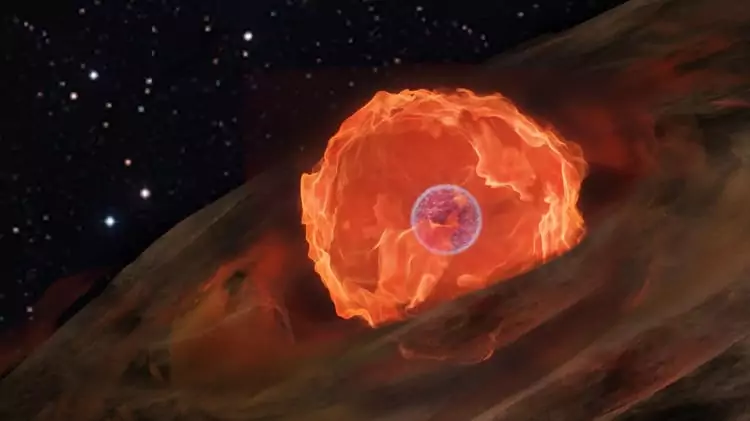In July 2020, a group of European scientists using the German eROSITA X—ray telescope recorded an unusually bright explosion of a white dwarf — it generated a huge fireball with a temperature 60 times higher than the temperature of the Sun.
White dwarfs are extremely dense stars that have lost a significant part of the gaseous matter. Being in a binary system, a white dwarf pumps out hydrogen from its «neighbor», which accumulates on the surface of the star. Sometimes because of this, strong energy emissions are produced, which are called new, and one of them was observed by European scientists in July 2020.
The explosion was so powerful that it was illuminated in the eROSITA image — the telescope was calibrated to work with lower-strength radiation, but astronomers managed to compensate for this error. Scientists have determined that the white dwarf is relatively large, and its mass is comparable to the mass of the Sun. The temperature of the explosion reached 327 thousand. Who is 60 times higher than the sun.
